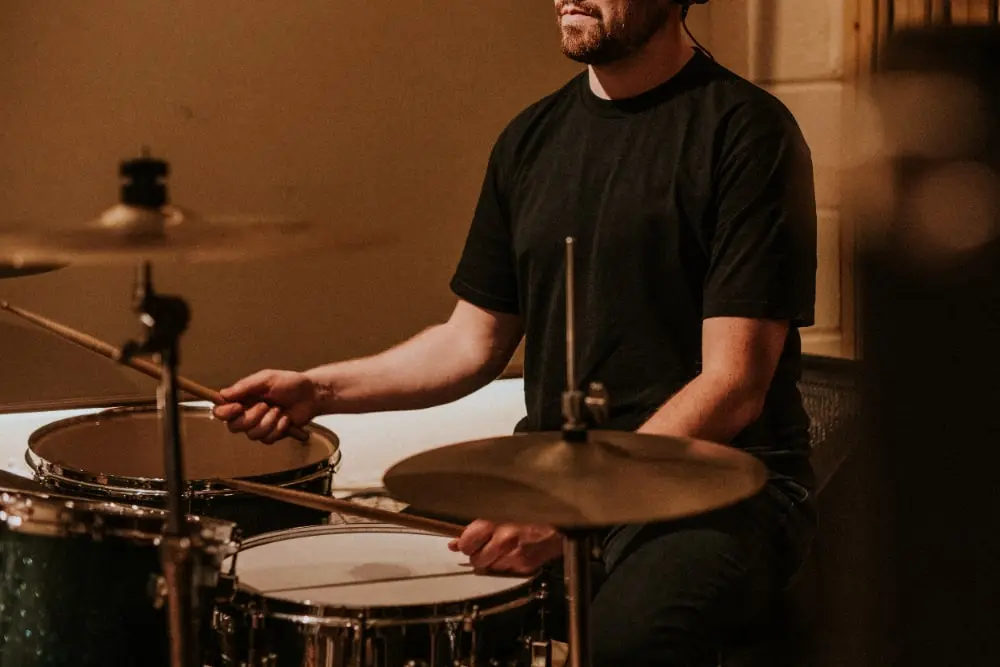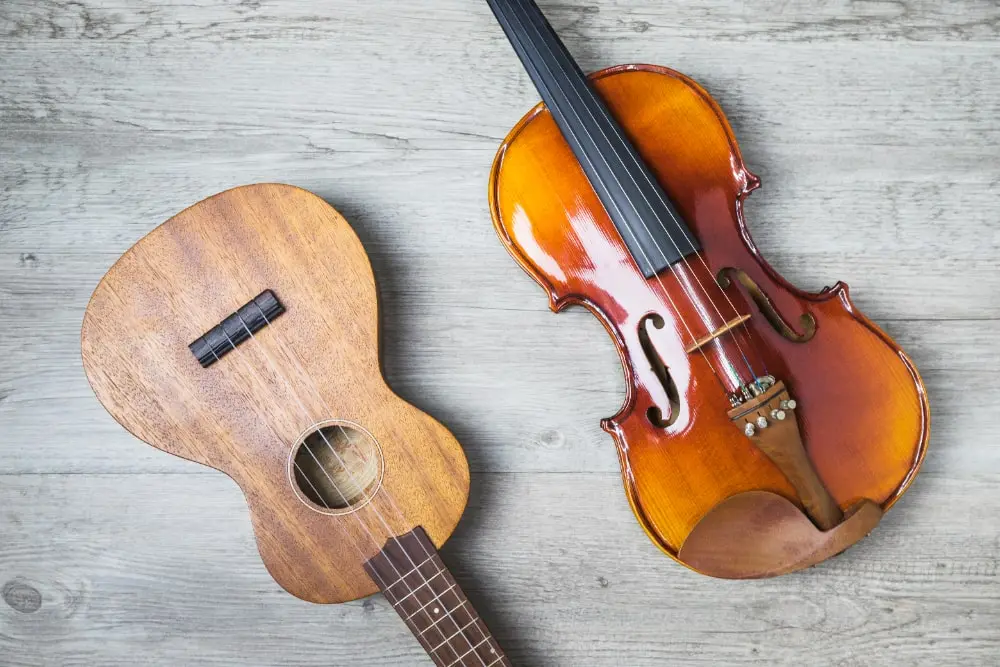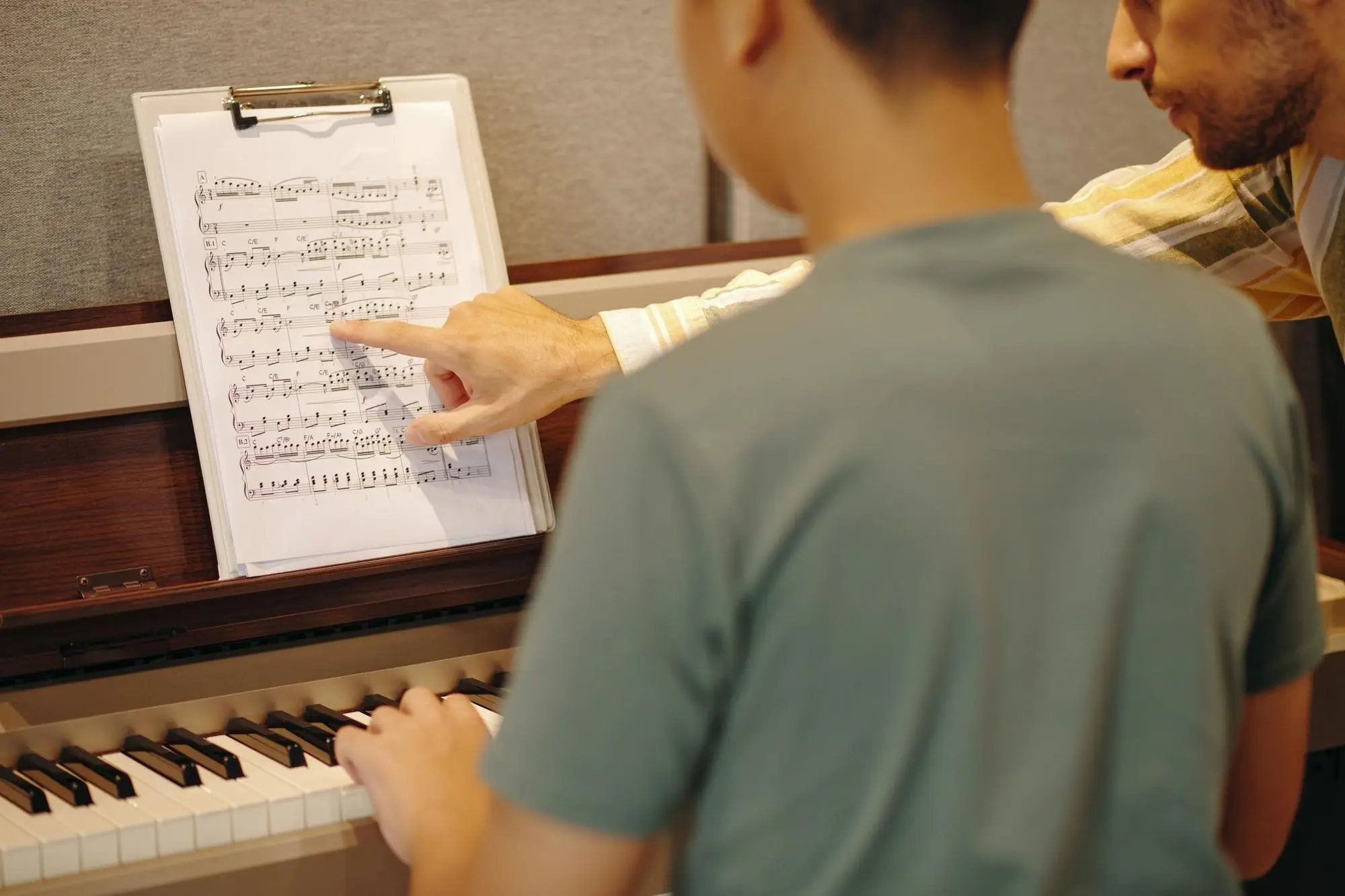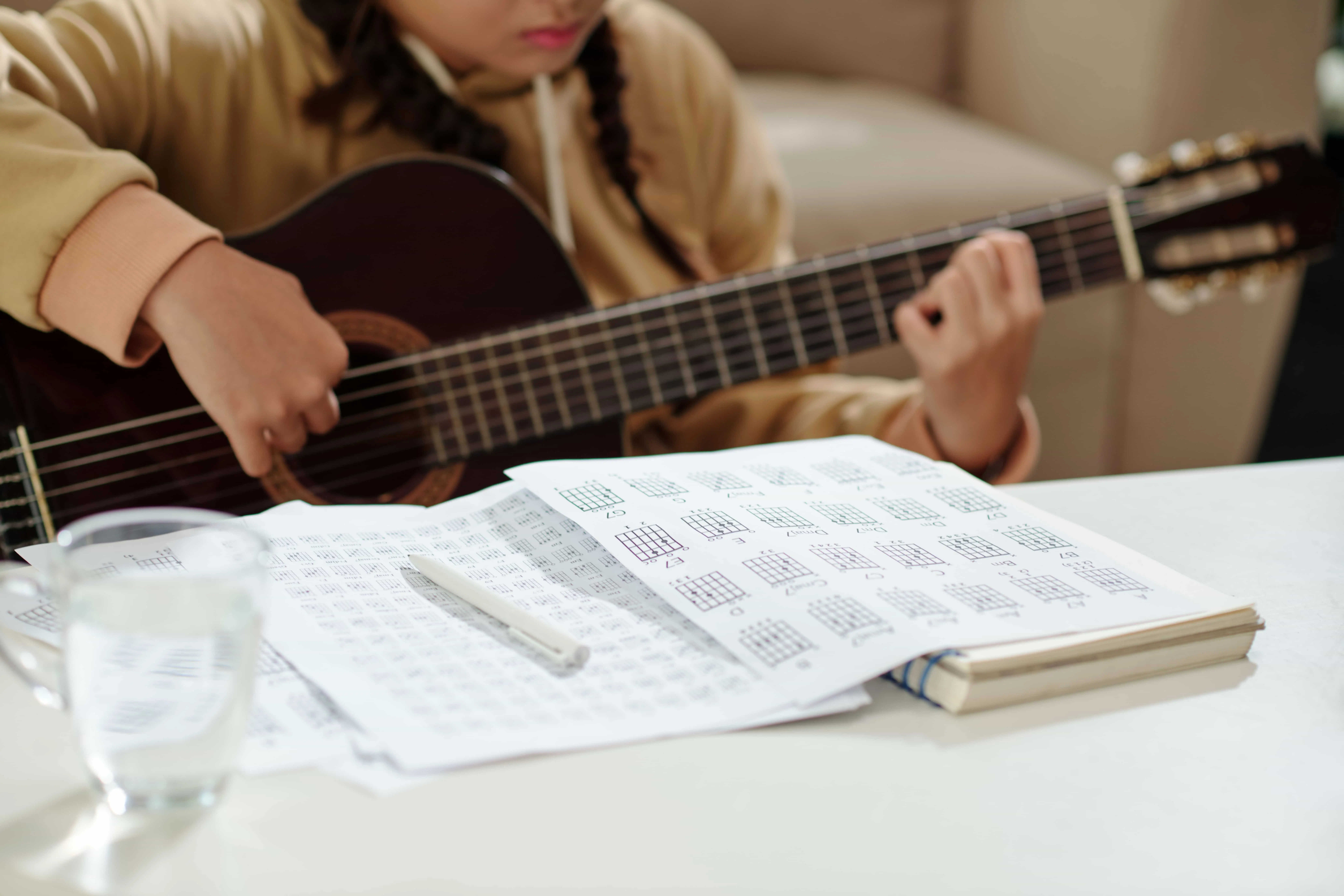Do you catch yourself tapping to beats sometimes without even realising it? Drums are one of those instruments that have a way of pulling people into their rhythm, like creating a heartbeat for any song. If you are driven to learn how to play the drums, you are in the right place. Let’s help you with the basics so you can get started on your musical journey with Artium Academy.
But before that…
If you’re really excited to start your journey in music, start with a free trial lesson today!
1. Setting the Stage
Before getting into full beats and rhythms, let’s talk about what makes drumming unique. Playing the drums is all about timing, rhythm, and keeping the beat. These are the three essentials that make the whole band come together. Playing the drums doesn’t just mean having a strong sense of rhythm; you also need to have good coordination between your hands and feet.
You don’t need to have a fancy kit to get started. A pair of drumsticks and a practice pad are good to begin with, and slowly as you progress, you can add other elements like a snare drum or bass drum. Creating a strong base for yourself is mandatory so you can successfully learn how to play the drums.
2. Understanding the Drum Notation
You must know what a notation is before you learn how to play drums. Just like in any other instrument, drum notation is written for drumming. It is a map that shows you which drums or cymbals to hit, when and with what rhythm.
Unlike standard music notation, drum notation is specific to percussion and does not include pitch. Instead, each symbol on the notation sheet refers to a distinct element of the drum set. For example:
- “X” on the top line might mean hitting the hi-hat.
- “O” on the middle line could be for the snare drum.
- “<” symbol sometimes represents bass drum beats.
Consider drum notation like a useful guide, not an impossible task. Once you learn to read it, you’ll notice that it improves your drumming sound and keeps you on rhythm.
3. Mastering Basic Rhythms and Patterns
Now comes the fun part: practising some fundamental rhythms and patterns! A lot of beginners start with a standard beat known as the four-on-the-floor beat, which is often used in pop, rock, and dance music. Here is a basic breakdown:
- Start by tapping your foot on the bass drum on each beat. Count “1-2-3-4” as you tap.
- Then, add your snare drum on the “2” and “4” counts.
- Finally, try adding the hi-hat cymbal, playing it on each beat or even faster.
Take your time. These beats can sound simple but they are the foundation of multiple songs.
4. Getting Comfortable with Sticks and Strokes
Learning how to correctly hold your drumsticks will help improve your performance. Beginners often hold their sticks too tightly, which causes tiredness and even strain. Here’s a brief guide on drumstick grip.
- Matched Grip: This is where both hands hold the sticks the same way. It’s the most common grip for beginners and gives you control and power.
- Traditional Grip: This is a bit more advanced and often used in jazz drumming. It involves holding one stick like you would a fork.
After grip, focus on strokes—or how you hit the drum. Your strokes should be calm yet controlled, with your wrist doing the majority of the work rather than your full arm. Practising on a drum pad or practice kit might help you feel comfortable before going on to a complete drum set.
5. Getting in Sync
One of the defining features of drumming is that it frequently needs all four limbs to be active at the same time. This coordination can be difficult, but you can learn it with some practice. Here’s an easy practice to improve coordination:
- Start by tapping your right foot on a steady beat.
- Next, add in your left hand, hitting the snare drum on every second beat.
- Once you’re comfortable, try adding in your right hand, hitting the hi-hat on each beat.
Practising these movements separately and then combining them can help you become more comfortable with the coordination part of drumming.
6. Playing Along with Songs
One of the best ways to practise is to play along with your favourite songs. Not only does it make practice more fun, but it also helps you get a feel for timing and rhythm in real music. Start with songs that have a simple beat, like pop or rock songs, and then you can try more complex styles as you improve.
Listening carefully to the drummer in each song will help you understand what they’re doing, and you can try to imitate it. Initially, you can slow down the tempo, and once you feel confident, play along at full speed.
7. Taking It to the Next Level
While self-practice is helpful, nothing compares to having a structured learning path and guidance from an experienced teacher. This is where the online drum lessons come in. At Artium Academy, you can join online instrument classes that are designed to take you from beginner to pro. Here’s what you can expect:
- Professional Guidance: Our instructors at Artium Academy are expert drummers who can give you personalised feedback, help correct technique, and guide you through more advanced drumming concepts.
- Structured Curriculum: With a structured curriculum, you won’t feel lost. You’ll know exactly what to focus on each step of the way, from drum notation to complex rhythms.
- Flexible Schedule: Our online drum classes fit around your life, letting you learn whenever suits you best.
Common Beginner Challenges and How to Overcome Them
As a new drummer, you may run into a few common challenges. Here’s how to tackle them:
- Struggling with Rhythm: Keep a metronome when you are practising. It’s a great tool to help you stay on beat and develop a solid sense of timing.
- Coordination Issues: Break down each part and work on it separately. Don’t rush the process. Practise each hand or foot independently before combining them.
- Reading Notation: Drum notation can feel difficult at first, but start with simple patterns. Practice makes it easier, and before you know it, you’ll be reading notation like a pro.
Conclusion
Learning to play drums is an incredibly rewarding journey. With every beat, every new rhythm, and every song you play along with, you’ll feel yourself getting better and more in sync with the music.
If you’re ready to dive in deeper, why not join our drum classes online at Artium Academy? Our online instrument classes provide everything you need to build a strong foundation, and you’ll have professional guidance every step of the way. Learning the drums is fun, but learning with Artium makes it even better.
Book a free trial and get started!






_in_Indian_Classical_Music.jpg)









